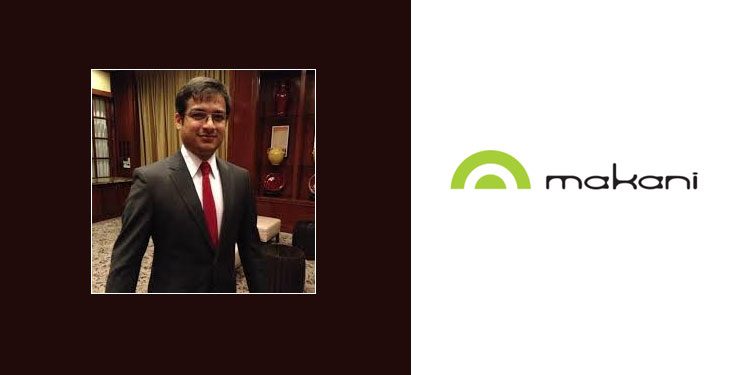Although the concept of branding was introduced in 1760s, the first celebrity driven product was seen in between 1875 to 1900. This period introduced trade cards which would feature the celebrity accompanied by a photo of the product. Generally, these were given to the consumer in the packaging of the product itself. Initial trade cards featured actresses like Lily Langtry (for Pears soap) and baseball players like Babe Ruth and Ty Cobb who had his own tobacco brand (Cobb Tobacco). In early 1900s, Samuel Langhorne Clemens (Mark Twain) also known as the “Father of American Literature” who wrote “The Adventures of Tom Sawyer (1876)”, “The Adventures of Huckleberry Finn(1885)” endorsed brands like Great Mark Cigars, Mark Twain Cigars and Mark Twain flour as his name was credible enough to feature in the endorsement. Even though the benefit of celebrity starring in a commercial or print ad has changed over time but the captivation of a product endorsed by an influential person is still powerful and the attraction continues even today.
The India narrative
Influenced by the west, India’s first rendezvous with a celebrity brand ambassador was with popular Indian actress, Ms. Leela Chitnis in 1941 where she endorsed Lux – the soap brand. This created a pathway for celebrities to endorse brands. In the late 80s a few celebrities like Tabassum (Prestige pressure cooker) and cricketers like Kapil Dev started endorsing brands and their products. The impact these celebrities created while they endorsed the brand was phenomenal; thus establishing that having a popular person to promote a brand is a powerful tool for marketing.
Soap brand Lux by Hindustan Unilever Limited created a trend of all top actresses to be a part of their campaigns and has been doing that over the last 70 years, with top heroines of each generation endorsing the brand. This has made Lux a household name and has kept the legacy of the brand alive. The brand even took an innovative turn by getting a male superstar Shahrukh Khan to endorse the product. This definitely got some renewed attention to the brand.
Liril, another soap brand from the house of HUL that was very popular during 1990s, created a different niche in advertising by becoming a launch pad for actresses. In 1997, Preity Zinta featured in their commercial and later went on to become a successful Bollywood heroine. Similarly, Tara Sharma, Pooja Batra, Hrishitaa Bhatt and Anjali Jathar who debuted in the Liril advertisement; tasted their share of success.
Modern day celebrity alliances
Today, marketing and advertising companies are constantly altering the strategies for their campaign with an aim to create maximum impressions across platforms. This often leads to a significant increase in sales as celebrities inspire consumer’s confidence in making the decision to buy the product. The brand value added by celebrities is almost immediate and when a brand inks a contract with the celebrity, a sudden stock rise can be visible as soon as the information is made public. Although there is a need to have a relevant celebrity to endorse the brand as having a celebrity that is not well matched to the brand will not influence consumers at all. If consumers are not convinced with the celebrity, it will lead to a negative impact on the brand. Brands often rely heavily on celebrity endorsement which can become a disaster sometimes because the celebrity will either outshine the product or will give an impression that they are not genuinely interested. It is very essential to match the correct celebrity for the product. The digital age audience is exposed to more than 3000 advertisements every day across channels and therefore only with the right celebrity brands can one create a distinctive image in this cluttered environment. A recent example for this is a campaign by GOQii, a healthcare platform which associated with Bollywood actor Akshay Kumar to launch their India Health Quiz. Known for being naturally fit even at the age of 51, Akshay Kumar is one of the top fitness icons in the country. Hence, he spreading awareness about health and fitness has received a great response.
Understanding celebrity endorsement
A study by University of Arkansas suggests that consumers between the ages 18 to 25 develop their identities and personalities based upon their favourite celebrity. Celebrity endorsement resonates more with Gen Z and millennial as per a report by Neilson in 2015. The right combination of imagery, heartfelt storytelling, creative presentation, and playful wit is what it takes to entice an audience to support the campaign and get motivated to purchase. While celebrity endorsements are used to attract consumers but the influence on purchasing decision are still ambiguous. As per a survey in the book Contemporary Ideas and Research in Marketing, 85% of people surveyed said that celebrity endorsements enhanced their preference for the product, but only 15% said that celebrities had an impact on their buying decisions. This sheds light on the current market scenario where consumers are unsure about the influence of celebrity endorsements with 51% of consumers claiming that they have little to no impact on their purchasing decisions
Consumers usually have least interest in mundane features and specs a product provides, they are mostly interested in what’s in it for them. It is important to use celebrity as just one of the aspect of the entire marketing strategy. The presence of celebrity is impactful but it has to be considered as just a portion of a multi-channel marketing approach to create a wider impact on the audience. Celebrity endorsement alone does not guarantee success; it is a mix of several other factors such as price of the product, durability, and quality which will be considered before making the decision to buy the product and help the brand in reaching their ultimate goal; sales.
















